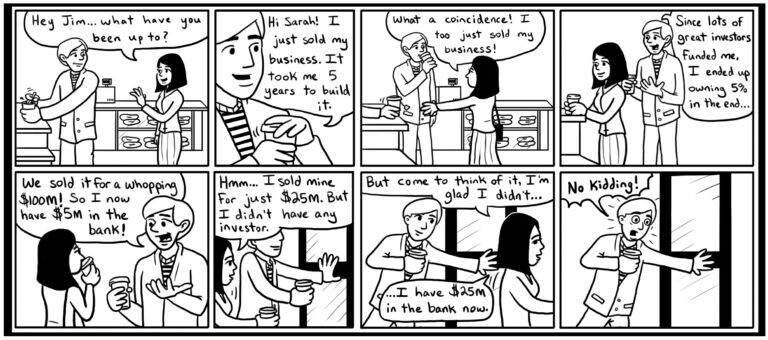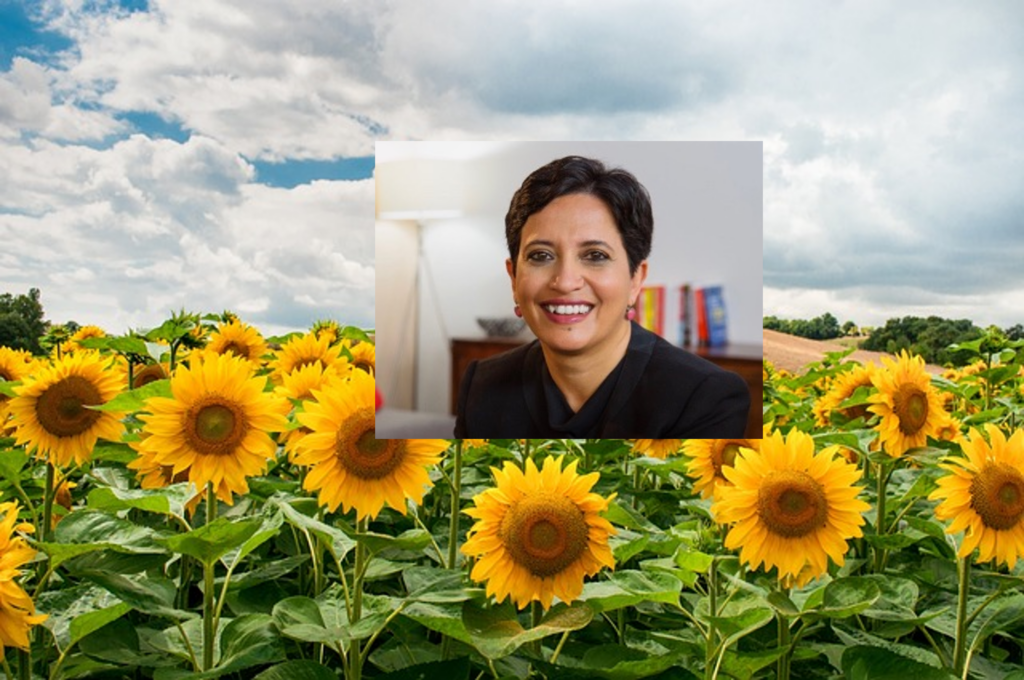Seed Capital
1Mby1M Virtual Accelerator Investor Forum: With Julien Pham, 3CC Third Culture Capital (Part 1)

Julien Pham, Founder GP at 3CC | Third Culture Capital, talks about the firm’s focus on HealthTech. Julien is a physician by training. Excellent discussion!
Sramana Mitra: It’s my pleasure to welcome back Julien Pham from 3CC, Third Culture Capital for a catch up conversation. Juliane, welcome back.
>>>The Startup Velocity Question: Is it the Product?

Product and Technology are not the same.
While technology failures are difficult to recover from, product issues can be addressed.
Often, once a startup starts to engage with the market, it develops a more sophisticated understanding of the market’s needs. Features, functions, integrations, APIs – a lot of input comes into the company through customer immersion.
>>>Best of Bootstrapping: Some Seed Investors Who Like Bootstrapped Startups

If you haven’t already, please study our free Bootstrapping Course and Investor Introductions page.
I’d like to encourage bootstrapping entrepreneurs to start thinking about certain investors as bootstrapping partners. These investors, typically, LIKE capital efficient businesses.
They do not want to force feed capital into companies, unlike certain larger funds.
Their fund sizes are small, and they are set up to make money off smaller exits. [Re: Bootstrapping to Exit]
Please listen to a few conversations to get a feel for the point of view. There are many more on the Seed Capital series on our blog. You can also listen to the 1Mby1M Podcasts for more.
1Mby1M Virtual Accelerator Investor Forum: With Max Brickman, Founder at Heartland Ventures (Part 3)
Sramana Mitra: You have to build around capital-efficient principles. What about companies in the Midwest?
Max Brickman: Absolutely. We have one called Claira. Katie Hall is the founder. It does competency-based evaluation of your current workforce. When you look at a map of Fortune 1,000 companies, they’re predominantly in the Midwest. There’s an unfair advantage that a lot of these companies have by being in the Midwest. Your customers are going to be more interested. We are seeing it more and more.
>>>1Mby1M Virtual Accelerator Investor Forum: With Max Brickman, Founder at Heartland Ventures (Part 2)
Sramana Mitra: Let’s do some examples of companies that you have invested in especially where you have brought them to your customers very early on.
Max Brickman: One would be Workstream. We are one of the early investors in their seed round. It targets the HR space – hiring hourly employees. We loved Desmond the founder. We wanted to introduce him to our network and see if other people agreed.
>>>1Mby1M Virtual Accelerator Investor Forum: With Max Brickman, Founder at Heartland Ventures (Part 1)

Max Brickman, Founder at Heartland Ventures, talks about his firm’s investment thesis.
Sramana Mitra: Let’s start with a little bit of introduction about your background.
Max Brickman: I’m from Wisconsin. I started in the entrepreneurial space early on. I bought my first property in northern Wisconsin when I was 14. It was money from a landscaping company that I had.
>>>1Mby1M Udemy Courses with Sramana Mitra: Financing

Raising money to build a startup is a huge challenge. To be able to raise any money at all, you must first understand how investors think. We have developed the following courses catering to entrepreneurs in different stages of their entrepreneurial journey.
>>>Startup Ecosystem in Kolkata: Lack of Funding

Join us on Thursday, July 20, at 8:30 p.m. IST / 8 a.m. PDT for a special roundtable program: Brainstorming on Eastern India Startup Development. Come share your perspective, sign up to Speak and we will accommodate as many as possible with a few minutes to talk, register here. In case you missed it, you can listen to the recording of this roundtable here.
There is no risk capital available in Kolkata.
This is a refrain that I have heard before many times: there is no risk capital. There is no venture capital. There is no Angel capital. There is no seed capital.
The truth is, in the Valley, most funding goes to validated businesses that are bootstrapped by founders. Or to repeat entrepreneurs with a significant track record of success.
>>>